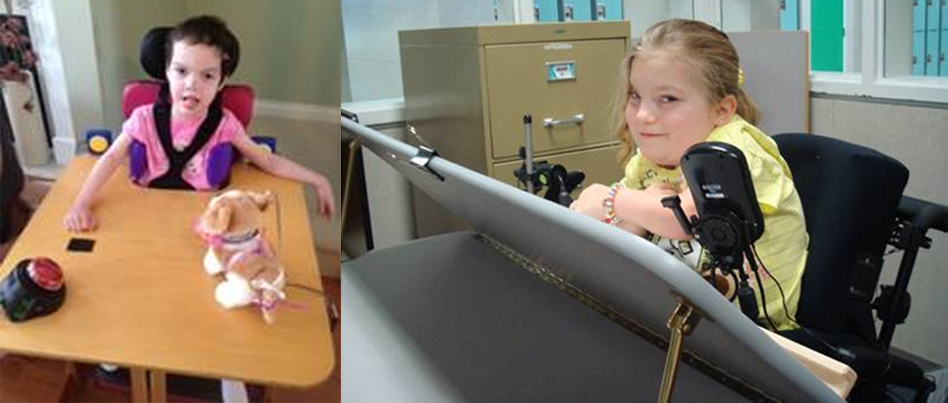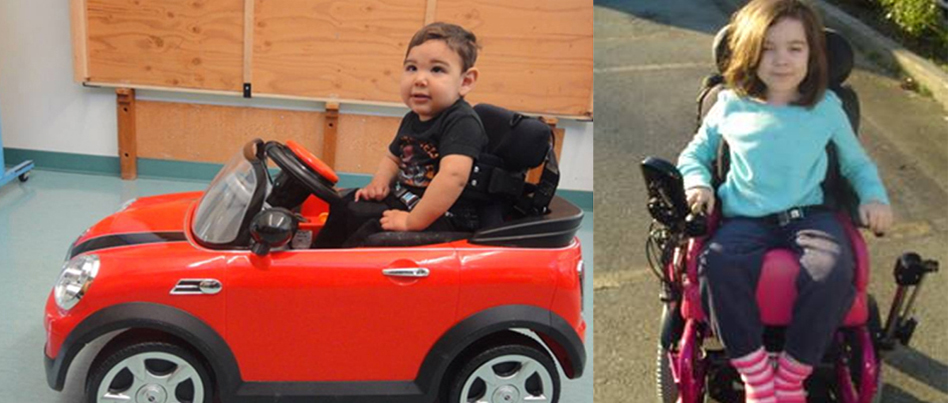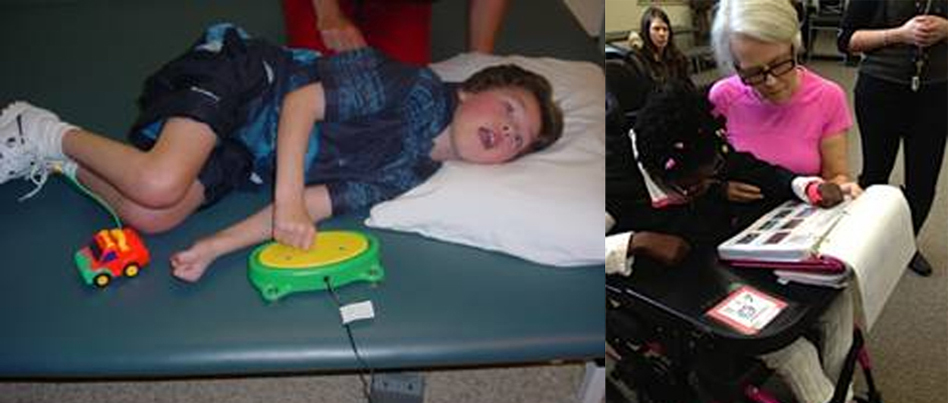Assistive Technology
What Is Assistive Technology (AT)?
Assistive Technology, or AT, refers to equipment that maintains or improves the lives of individuals with disabilities. AT includes any device that enables participation in daily routines or activities, and that facilitates mobility, communication, play, and/or functional activities. Examples include:
- Alternate access to technologies, such as computers, or power wheelchairs (via switches, joysticks, light pointers, touch windows, etc.)
- Augmentative and Alternative Communication (AAC) systems, such as communication boards, speech generating devices (SGDs), or talking switches.
- Electronic Aids for Daily Living (EADLs) - tools that allow children with disabilities to control lights, appliances and other devices within their environments.
- Written communication output options for children unable to use traditional methods (e.g. paper/pencil, handwriting).
- Customized mounting systems for devices (e.g. computers, SGDs, wheelchair control mechanisms or other medical equipment) for ease of access.
What Do We Do?
Our services include:
- Providing assessments to assist parents, caregivers and community teams in determining a child's AT needs.
- Assisting with the implementation of AT recommendations.
- Providing AT-related information to children, families and community teams.
- Designing and building custom solutions (including mounting devices, communication aids, supporting access to devices, etc.)
- Participating in research related to AT.
- Providing support and AT education.


